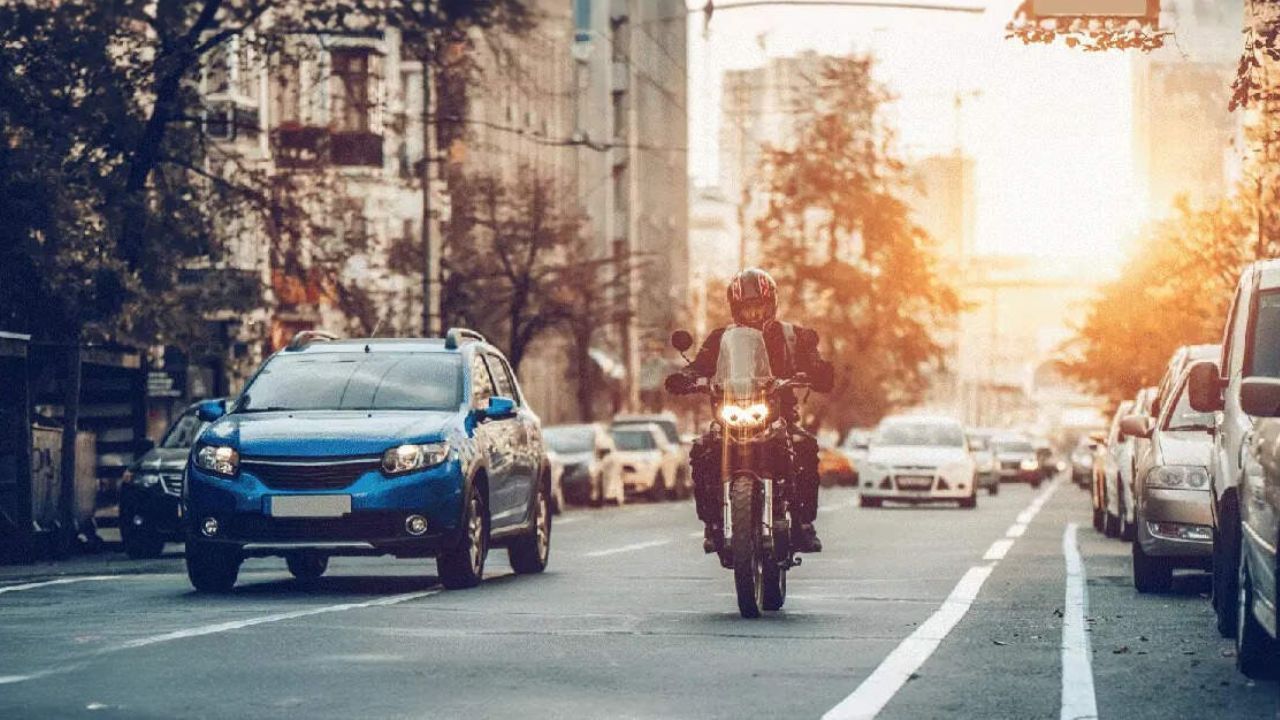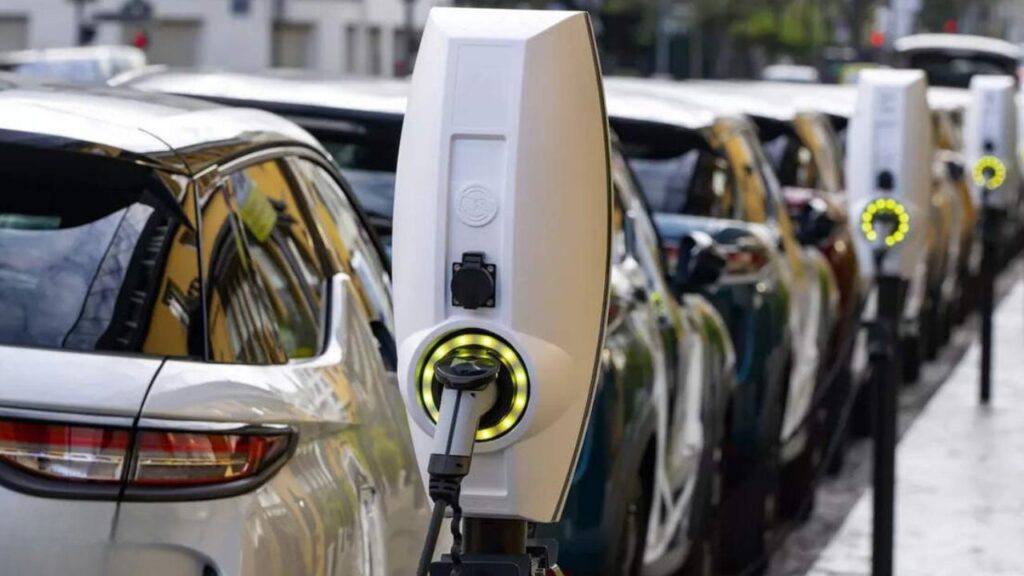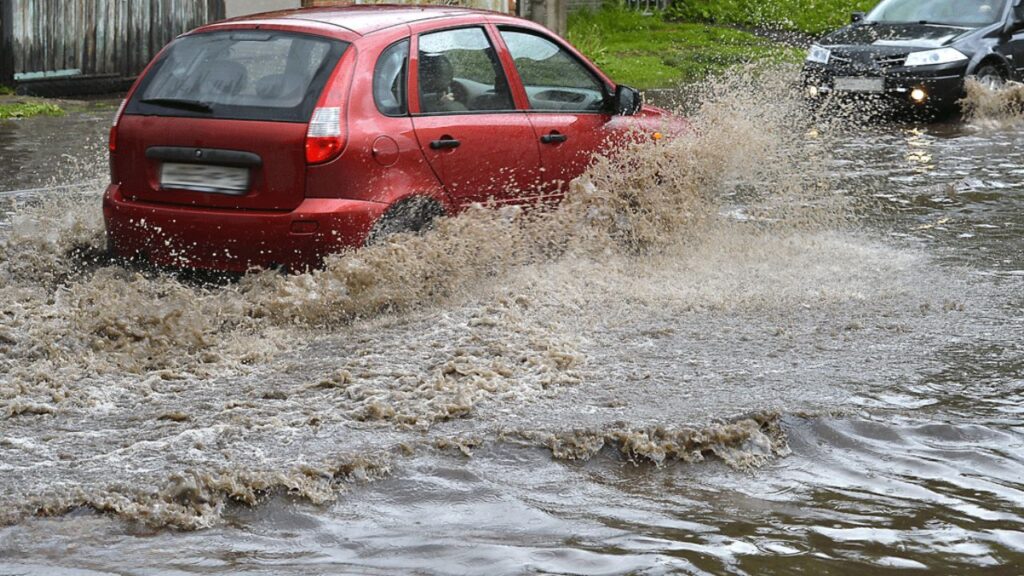Liability coverage, most often known as third-party insurance, is a compulsory component of both car insurance and two-wheeler insurance in India. But what exactly does this cover? Picture this situation – when you cross the motorcycle unexpectedly on your way, you are driving your newly purchased car from Mumbai’s busy street. Despite the break, you cannot avoid collision. What now? This is where your third-party responsibility comes into the coverage play.
Understanding the Koverise of the third-party
This type of insurance has included any damage or injury to another person (third party). From medical expenses, if there are injuries or even accidents to compensate for the property damage caused by your vehicle, they are covered under the third-party accountability.
However, it is important to note that your vehicle involves the cost or loss of the third party, but it does not cause any damage to your or your vehicle. So, if your car is damaged after a motorcycle in Mumbai, it will not be covered according to the third-party vote.
Vehicle insurance is a compulsory requirement in accordance with the Motor Vehicles Act, 198 88. Failure to comply can lead to financial penalty and legal problems. In this way, be sure to buy vehicle insurance and keep the policy active by renewing it before the deadline is over. You can buy/renew/renew vehicle insurance easily, quick and conveniently via ACO website/app for trouble-free insurance experience.
Unanimous Coverage: All -rounder bowler
A comprehensive car insurance or bike insurance policy is like a safety net for your vehicle. It works beyond the accidents involved in the third party. Imagine that you have parked your car outside your home and a heavy branch of a nearby tree falls on it, which has caused significant damage. Or maybe you get up a day to find out if your bike was stolen from the outside of your apartment. In both of these cases, a comprehensive insurance policy may be a lifestyle.
Not only is it damaged by unanimous policy, accidents, but also caused by natural disasters such as storms, floods and earthquakes, as well as man -made disasters such as theft or riots.
COCO’s comprehensive schemes offer this type of extensive coverage at affordable rates. And with the ease of buying and renewing immediate online policy, protecting yourself and your vehicle was never easy.
What is not covered: the exception
Both the responsibility of the third-party and the unanimous vehicle insurance provide a great deal of protection, but there are situations where claims cannot be entertained. Here’s what is usually excluded:
1. Depreciation: Unless you have a zero depreciation cover, your insurance will not cover your vehicle’s depreciation from time to time.
2. Illegal activities: If an accident occurred during an illegal action, such as driving under influence or without a valid driver’s license.
3. Mechanical or electrical breakdown: Motor insurance policies do not regularly wear and tear, causing mechanical or electrical breakdown.
Understanding this exception ensures that you are aware of what you cannot be covered under your policy, and helps to decide on information when buying an add-on like zero depreciation cover or engine protection.
Five mistakes to avoid buying a car or bike insurance
Less Acting Coverage:
Choosing the minimum required coverage, regardless of personal needs and potential risks. Use samples, driving habits and potential liability failure can lead to insufficient coverage, which can cause the owner to expose the accident’s financial risk.
Ignoring the policy excluding:
Reading and understanding the terms, conditions and exceptions of the policy. Ignoring the fine print may surprise during the claim, as some situations or events can be excluded from the coverage. It is important to be aware of this exclusion from the beginning.
Ignoring Ad-on Cover Thoughts: To ignore the importance of add-on covers that can increase insurance policy. If you do not consider add-ons such as a zero depreciation cover, roadside help or engine protection, you may lose the opportunity to customize coverage according to specific needs and preferences.
Does not compare premiums and policies: the first to settle for the insurance coat without comparing the benefits of premiums, coverage and multiple providers. Failure to buy around you can get the opportunity for spending saving, and as a result, a policy that provides the best value for the owner’s specific requirements can be selected.
Ignoring the benefits of a claim bonus (NCB): Ignoring the potential benefits of the claim bonus, which leads to high premium during policy renewal. Safe driving can lose premium suits if not prioritized and if NCB deposits. Regardless of these benefits, a car or bike owner can pay more for insurance than needed.
Choosing the right insurance for your bike or car
Choosing the best vehicle insurance policy for your appreciated car or bike can be a difficult task for your appointed car or bike. As a vehicle owner in India, these cycles need to be navigated with information decision and we are here to guide.
1. Understanding your requirements:The first step towards choosing the right bike insurance or car insurance is to understand your specific needs. Reflect on questions like how often you use your vehicle? Is this mainly for everyday travel or just for a long drive? What kind of roads do you usually cross?
For example, if you are taking a bike for long water on the highway every week, a wide plan with additional covers such as roadside help and engine protection will be appropriate. On the other hand, if you drive your car in the city limits and crop hours, you can consider add-ons like zero depreciation and personal accident cover.
2. Type of vehicle insurance: India mainly has two types of vehicle insurance- third-party accountability insurance and comprehensive insurance. If the peace of mind is higher than the problems of your budget, a comprehensive plan may be more appropriate because it gives a comprehensive coverage with self -compensation. Choosing a third-party accountability insurance can be a good strategy for those looking for cost-effectiveness with decent coverage.
3. Evaluate IDV: The insured is an essential noun in the declared value (IDD) vehicle insurance. If your vehicle is stolen or damaged beyond repair, the insurance company will provide you with the maximum amount of money. In the meantime, IDD should be close to the market value of your vehicle. Higher IDV indicates high premium and vice versa.
4. Think of a weight: At the time of the claim that the insurer pays for the rest of the money, it is deducted from the amount you agree to pay from your pocket. Higher deductible can reduce your premiums and vice versa. However, in the case of claims, it is important to ensure that you have a relaxed affordable deduction.
5. Evaluate the reputation of the insured: The reputation of the insured is just as important as the policy. Find customer reviews and ratings, rights settlement ratios and total customer service quality before your insurer decides.
6. Check for add-on features: Ad-on features are available at an additional price, but they significantly increase your coverage. In some popular add-ons, roadside help, zero depreciation cover, engine protection cover, etc. Is included.
For example, ACCO offers taylor-med-on covers such as zero depreciation and engine protection that enables you to give you a little extra premium to reduce the cost of pockets during claims.
7. Analyze the premium price: When choosing your policy, compare the premium from different insurance companies for the same coverage. The benefits provided by the policy should be justified.
KO Cicco’s direct-to-customer model commission costs the cost, resulting in consequences of competitive prices without compromising on comprehensive coverage.
8. Cashless Garage Network: A wide network of cashless garage allows policyholders to take advantage of repair services without leading payments, facilitates the claim process and provide trouble-free experience during vehicle repair. It saves time and ensures the drainage and more efficient resolution after the accident.
Initially it may seem scary, but focusing on these elements can also cause the process to manage and empower the process. Keep in mind that your vehicle is a reliable colleague on a property and many lives travel. It should be priority to protect it consciously with the right insurance policy.
Getting the right car or two -wheeler insurance involves avoiding common mistakes, understanding your needs and choosing the right plan. The responsibility coverage is required, but pay attention to the exclusion of depreciation and illegal activity. Choose between basic liability or consensus coverage based on your use and preferences.
With ACO, you get the best insurance plans and add-on covers, making sure that your vehicle is unanimous protected from risk, which makes your coverage complete and reliable.
Disclaimer: The above content is not invalid, and thereby rejects any and all guarantees through this, expressed or indicated, and not guaranteed, not supporting any material or essentially promised.
.




